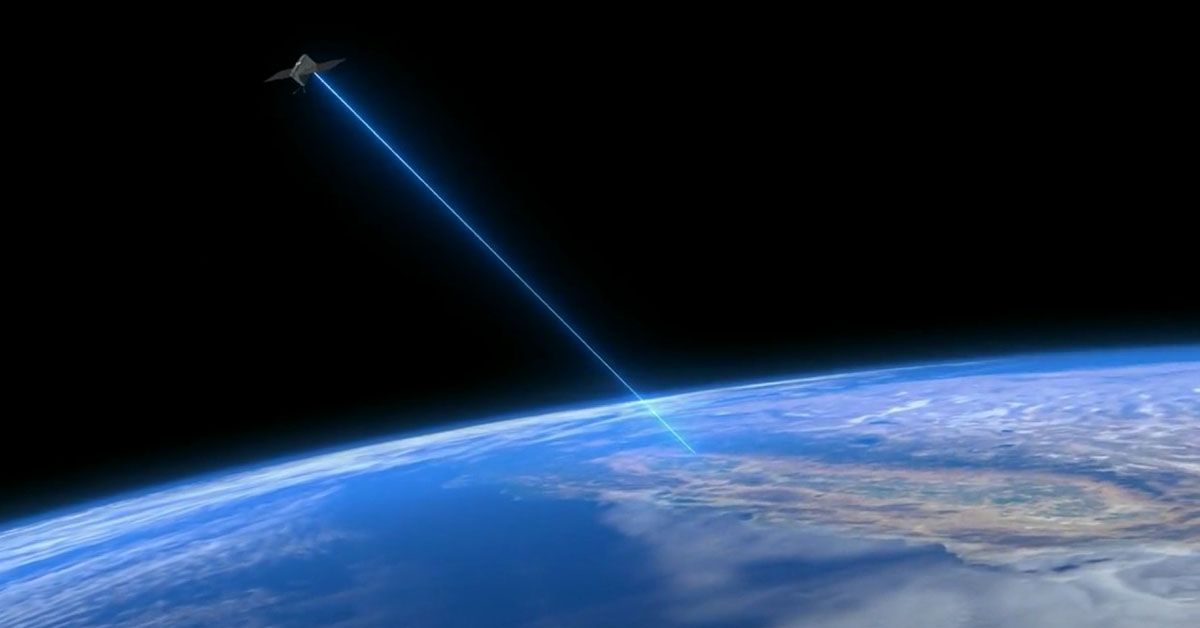In outer space, transmitting data at high speeds poses a significant challenge. That's why the latest achievement from NASA and its partners feels like a leap straight out of science fiction. They've successfully accomplished a 200 gigabit per second (Gbps) throughput on a space-to-ground optical link, smashing previous records.
This triumph in the field of optical communications heralds a new era for data transmission technology, thanks to a compact yet mighty device known as TBIRD. Laser communications, which use light waves in lasers to pack information, are making radio waves look antiquated in comparison. But how did they achieve such a feat?
The Powerhouse Behind the Achievement: TBIRD
Lighting the path towards this momentous achievement is the TeraByte InfraRed Delivery system, affectionately known as TBIRD. With its ingenious design and incredible capacity, TBIRD has become a real game-changer.
This state-of-the-art system carries the ability to deliver multiple terabytes of test data to Earth during a single six-minute pass over a ground station. Imagine sending the data equivalent of hundreds of high-definition movies from space to Earth in just a few minutes!
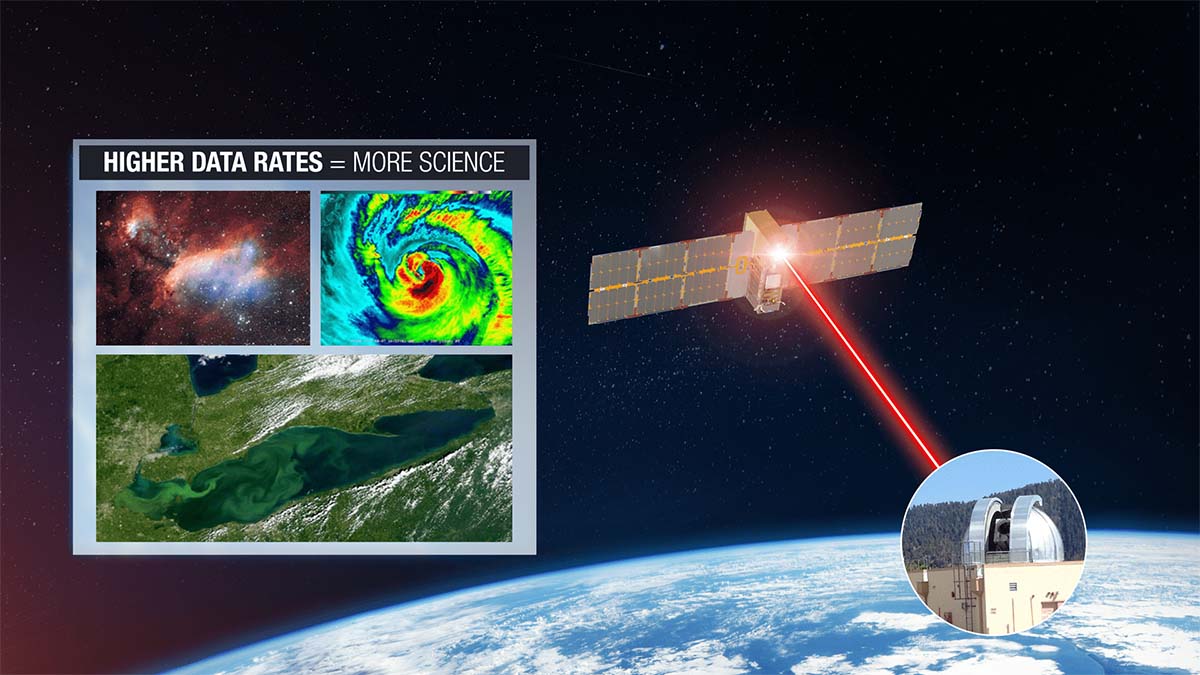
TBIRD's application extends far beyond its impressive speed. It signifies a shift towards more efficient, lightweight, secure, and flexible communication systems, all qualities intrinsic to laser technology. With an eye toward the future, NASA expects TBIRD to play a crucial role in long-term lunar missions and expeditions to Mars.
Pathfinder Technology Demonstrator 3 (PTD-3): The Space Vehicle of TBIRD
A revolutionary technology like TBIRD needs a worthy space vehicle, and that’s where Pathfinder Technology Demonstrator 3, or PTD-3, comes into play. This compact spacecraft is comparable in size to two stacked cereal boxes, while TBIRD is about the size of an average tissue box.
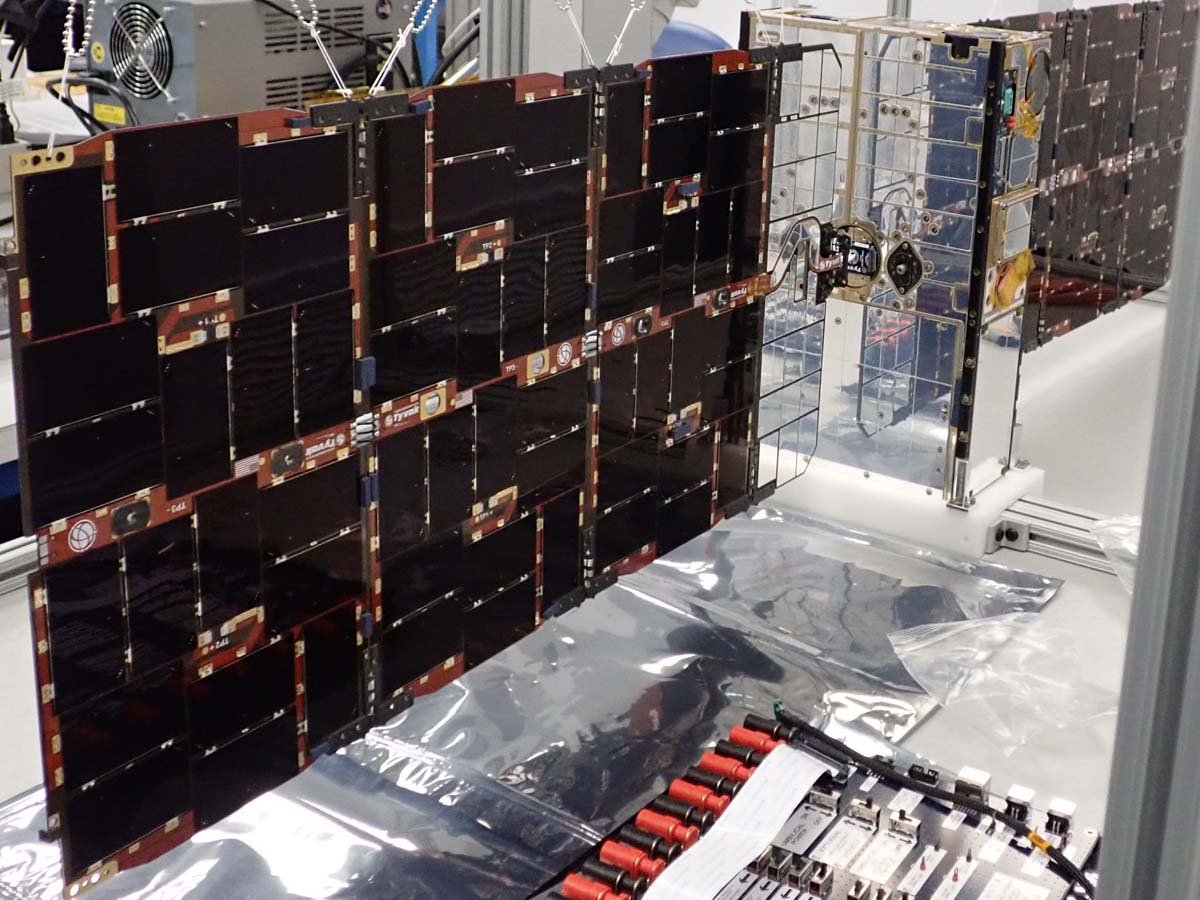
Remarkably, PTD-3 has been positioned in a 'fixed' orientation relative to the Sun, allowing the satellite to consistently pass over the ground station twice daily. This strategic positioning has enabled rigorous testing of the groundbreaking space-to-ground optical link, putting TBIRD’s capabilities under the microscope.
The Successful Collaboration
This technological leap wasn't achieved in isolation. It was the fruit of a successful collaboration between NASA's Goddard Space Flight Center, MIT Lincoln Laboratory, and Terran Orbital.
Together, these entities turned the concept of TBIRD into a reality, with Terran Orbital taking on the construction and operation of PTD-3, and MIT Lincoln Laboratory being responsible for TBIRD's design and assembly.
The project received substantial support from two NASA programs: the Space Communications and Navigation (SCaN) program and the Small Spacecraft Technology Program (SSTP). SCaN funded the development of TBIRD technology and payload, while the PTD-3 demonstration mission was funded by the Small Spacecraft Technology program.
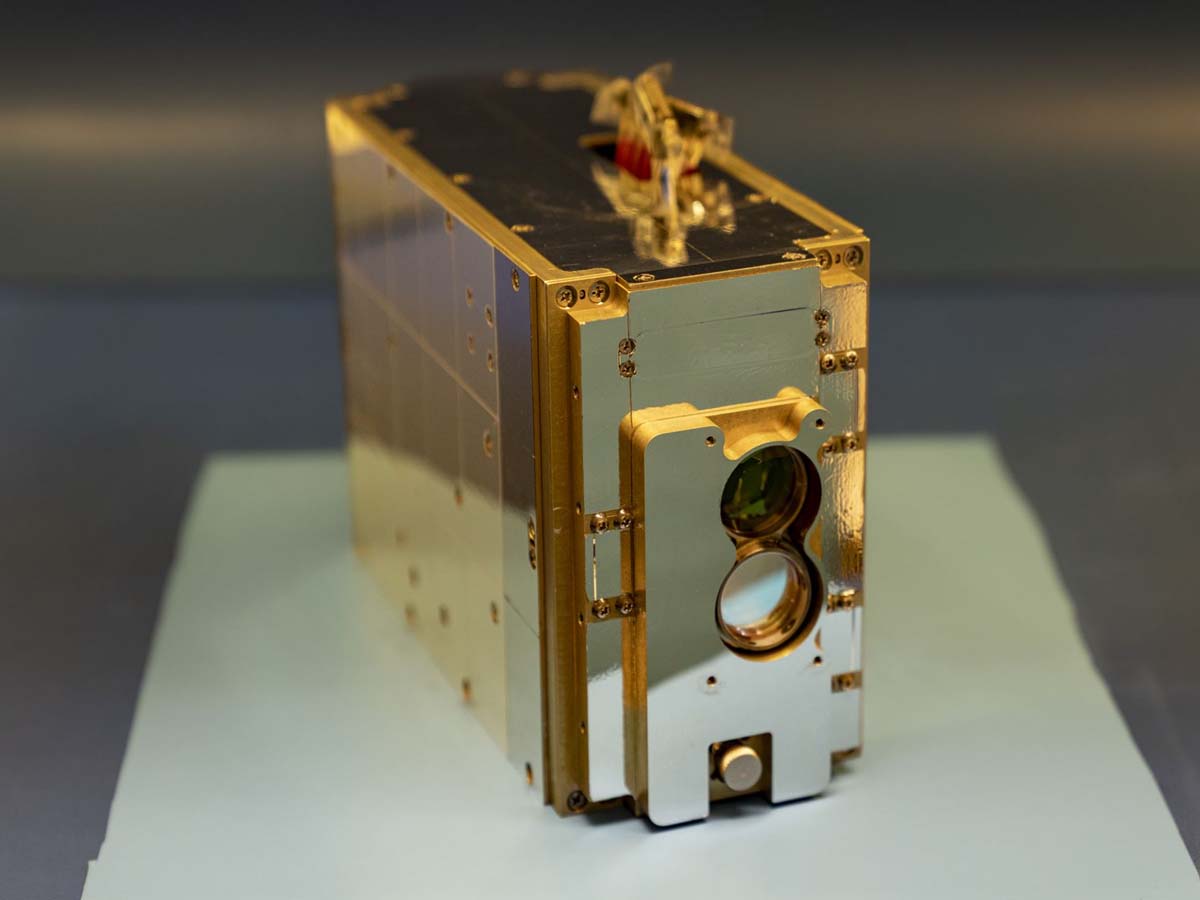
Completing the communications loop, a vital ground station located at NASA's Jet Propulsion Laboratory in Southern California stands ready to receive the deluge of data from TBIRD. This intricate network, built upon effective collaboration and strategic planning, has led to the record-breaking accomplishment we see today.
How does this collaboration work to overcome the challenges and pave the way for the future? And what role does the earlier version of TBIRD play in this story?
From Concept to Launch: TBIRD's Journey
As groundbreaking as TBIRD's performance may be, it wasn't built overnight. Its roots lie in an earlier version that took flight last year and achieved then-unprecedented speeds of 100 Gbps. That endeavor revolutionized science missions by enabling large amounts of data to be downlinked rapidly, a capability that has now been further amplified by the current TBIRD technology.
Last year, in 2022, the Transporter-5 mission marked a significant success. This successful journey carried the Pathfinder Technology Demonstrator 3 (PTD-3) with the integrated TBIRD. This notable voyage showcased the remarkable high-data-rate capabilities of laser communications from a CubeSat in low-Earth orbit
Steering the PTD missions is the Small Spacecraft Technology program at NASA's Ames Research Center. In collaboration with Terran Orbital, which provides the spacecraft, integrates the payload, and operates the PTD missions, they've found a formula for rapid and affordable demonstration of new subsystem technologies.
TBIRD's Design and Operation
At first glance, one might underestimate TBIRD. Roughly the size of a tissue box, this compact design conceals a potent package. Built from modified commercial telecommunications hardware products, it symbolizes a step forward in efficiency and cost savings.
One of TBIRD's key operational features is its highly stable body pointing. This is what allows TBIRD to aim its data precisely toward the ground station for a successful downlink demonstration. PTD-3, the spacecraft carrying TBIRD, employs an innovative satellite maneuvering strategy to achieve this high-precision orientation.
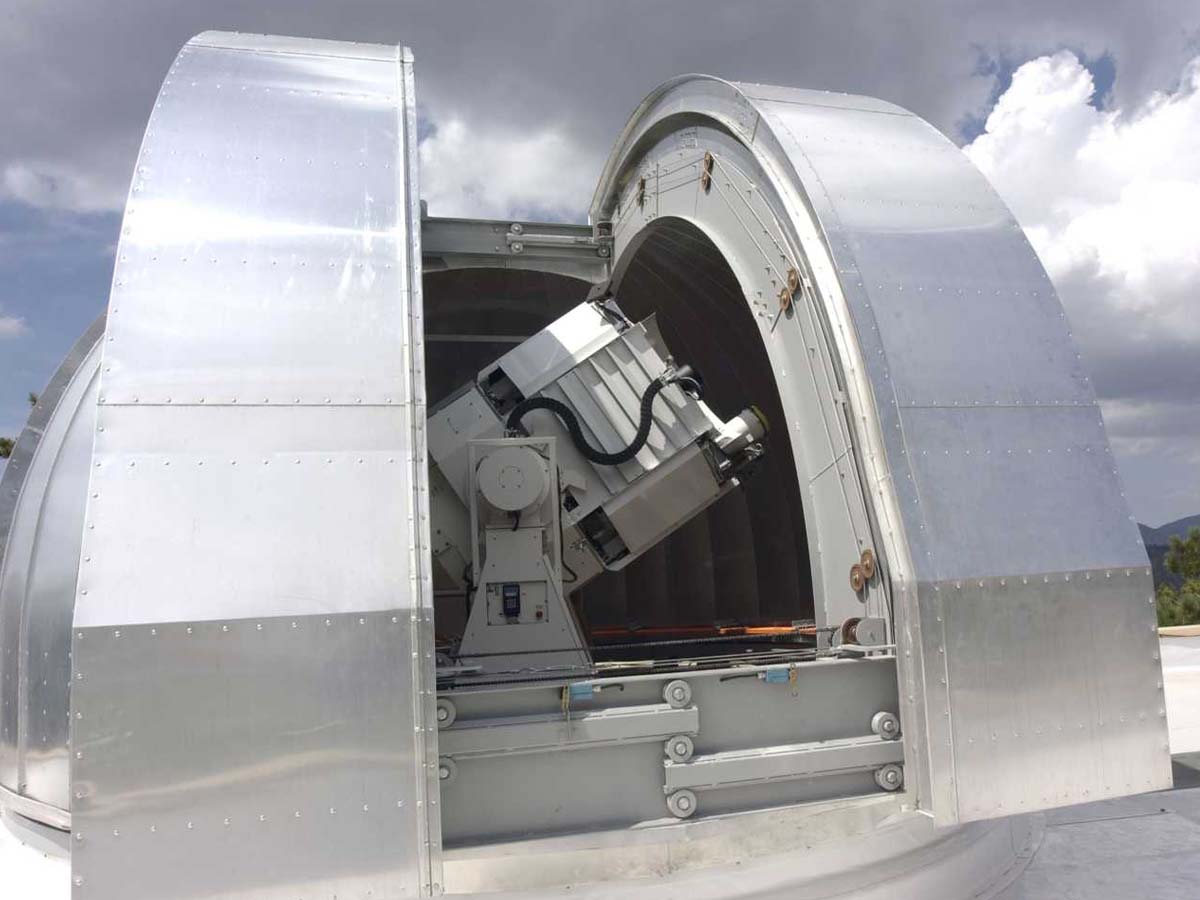
Ensuring seamless data reception on Earth is the ground station in Table Mountain, California, and is managed by NASA's Jet Propulsion Laboratory. It stands as an integral link in TBIRD's operation, welcoming the high-speed data as it arrives from low-Earth orbit.
The Potential of Laser Communications in Small Satellites
TBIRD's accomplishment carries far-reaching implications for small satellite technology. By providing valuable information about laser communications functionality on small platforms, this mission helps to support and advance space technology as a whole.
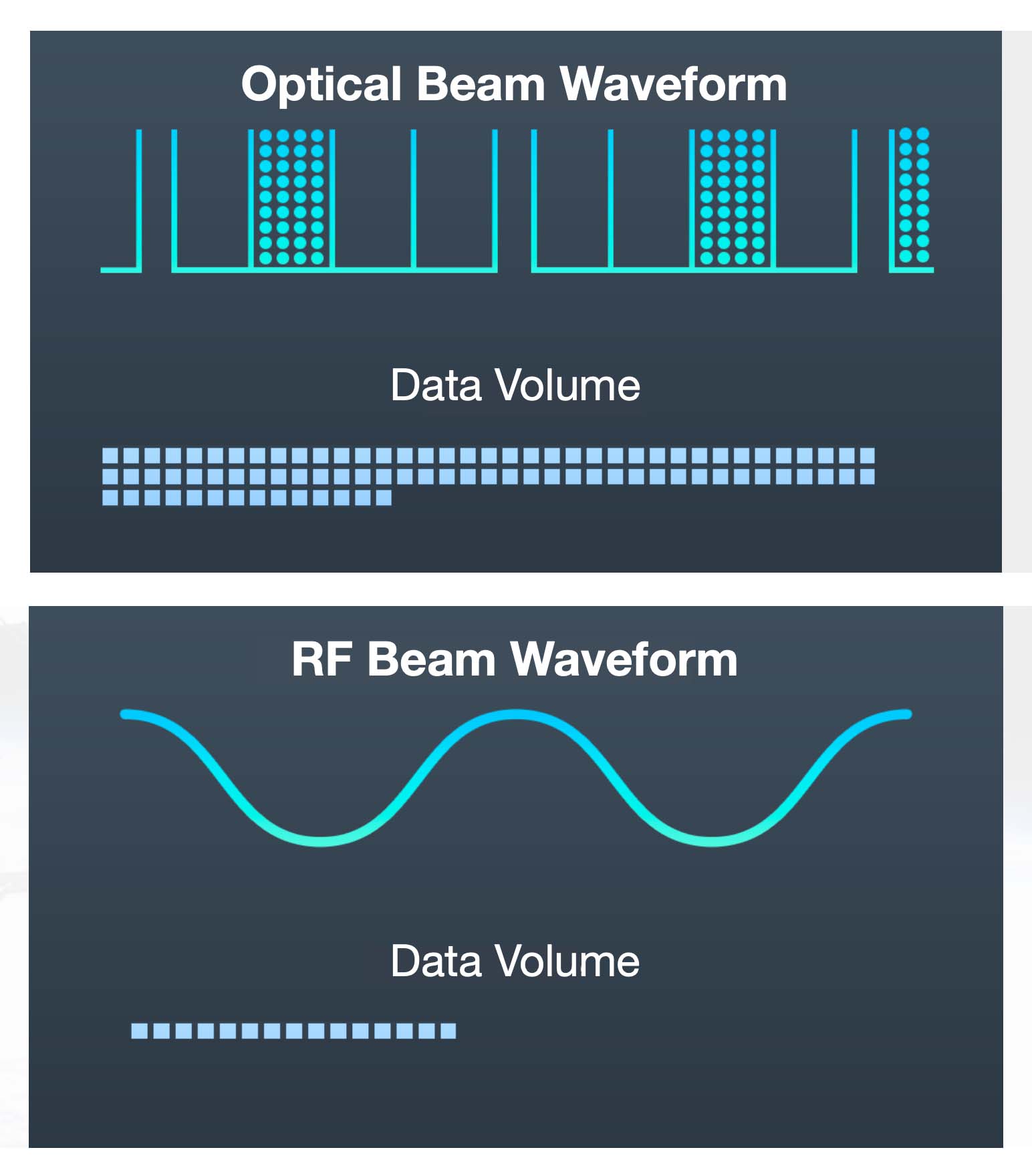
Adding to the interest in this launch is another noteworthy technology demonstration, the CubeSat Proximity Operations Demonstration. It aims to demonstrate rendezvous, proximity operations, and docking using two 3-unit CubeSats. This inclusion underscores the exciting potential of small satellite technologies and their emerging role in shaping the future of space exploration.
The Breakthrough of Laser Link: A New Era of Space Communication
TBIRD, stationed aboard NASA's Pathfinder Technology Demonstrator 3 satellite, has proven instrumental in enabling high data rate optical communications from low Earth orbit. With data rates 100 times faster than the fastest Internet speeds in most cities, TBIRD has ushered in an era where vast amounts of space data can be transmitted at blistering speeds.
Overcoming Challenges in the Development of TBIRD
The journey to this impressive breakthrough wasn't smooth sailing. The team faced formidable challenges, from adapting terrestrial components for space conditions to compensating for atmospheric effects and weather conditions that could impact the laser link's performance.
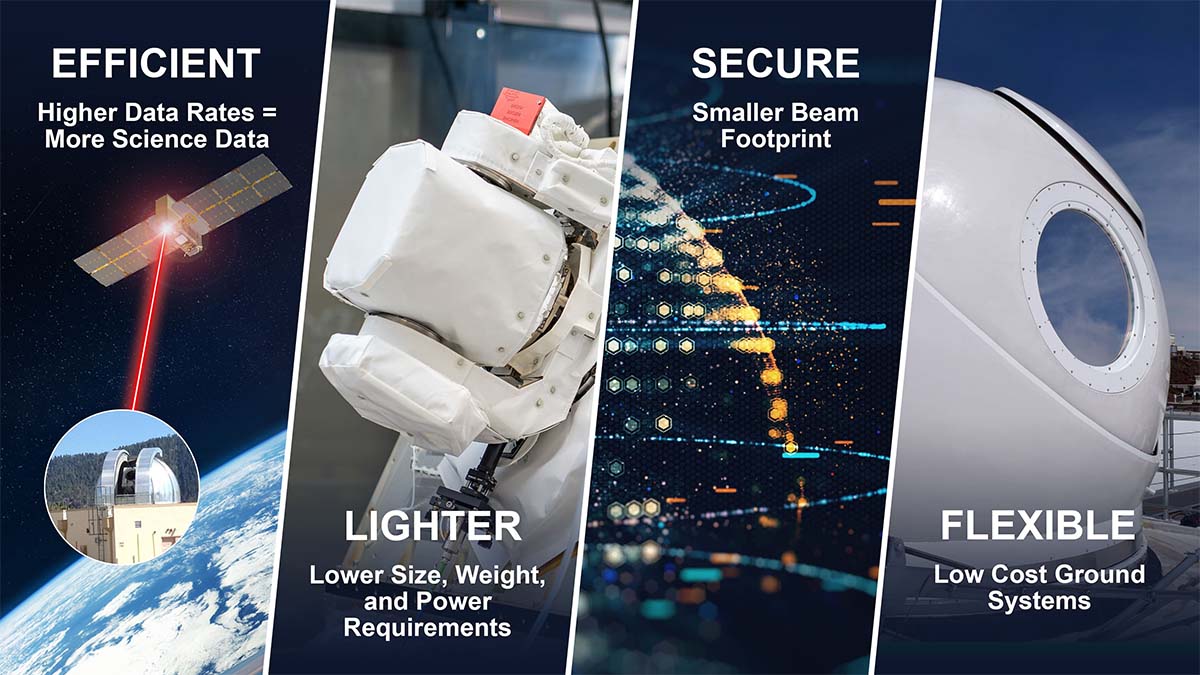
To surmount these challenges, TBIRD incorporated innovative strategies and protocols. It uses an Automatic Repeat Request (ARQ) protocol, which helps control errors in data transmission, enhancing the reliability and accuracy of the transmitted data. Precise aiming of laser beams was also achieved through a combination of advanced satellite maneuvering and the adoption of error signaling for precision body pointing.
The Future of TBIRD and Laser Communications
As TBIRD marks a major milestone, it also casts an exciting light on the future of laser communications. Its architecture, which supports multiple channels and wavelength separation for higher data rates, presents significant potential for a range of applications. From science missions to extending the technology to geostationary orbit and lunar missions, TBIRD's innovation opens up new possibilities.
Moreover, this technology could also find use in high-speed atmospheric data links on the ground, reducing the need for costly fiber systems and democratizing high-speed data access. As such, the future of TBIRD and laser communications promises a significant transformation of both space missions and ground-based communication networks. As we continue to peer into the cosmic expanse, who knows what other record-breaking achievements we will see?
